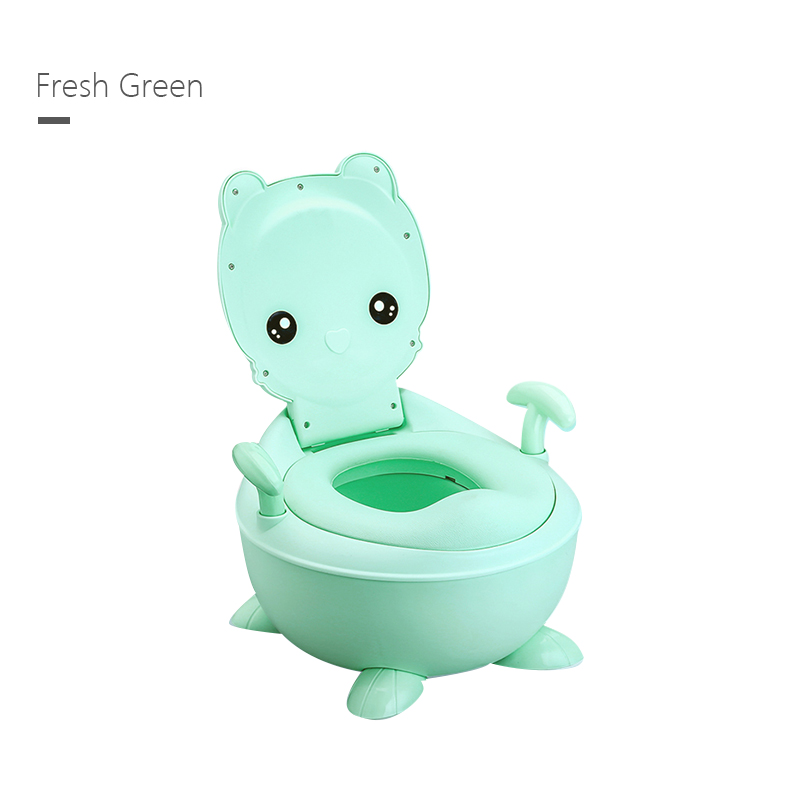Ideally, your child should be toilet trained when they're at least twelve months old. This is the average age, but some children may not be ready until a year or two. Before starting a potty training program, it's important to understand the process and the benefits. If your child has a physical or developmental disorder, he or she may find it harder to learn to use the toilet.
As a result, your child might need extra support while toilet training. He or she might have trouble staying on the standard potty, or they might not be able to tell when they need to go. It's also possible that they may become frustrated. You can avoid this by making sure you're prepared for every situation.
Your baby can be taught to use a baby training toilet at home. First, make sure you clean it thoroughly after each use. Make sure to use disinfecting wipes to get rid of any residual feces or urine.
After a few days of toilet training, you can take your child to the bathroom with you. Then, let them practice sitting on the potty while you're there. When they're comfortable with this, you can bring them to a public restroom. Taking your child to a public restroom will build his or her confidence.
For toilet training to be successful, you should focus on the act of peeing and pooping. If your child misses a bowel movement or urination, be calm and encourage him or her to try again later.
To encourage your child to use the bathroom, you should give praise and encouragement for doing so. Avoid using negative words such as "stinky," "dirty," and "naughty." Instead, talk about your child's accomplishments and how he or she is improving.
You can also use toys to help your child learn how to use the toilet. For example, you can buy a potty with a handle that flushes and a compartment to store wipes. Children who are older can also help their younger siblings with the process.
To keep your child's potty clean, you can keep it in the same spot, use disinfecting wipes, and wash hands after each visit. Also, you should have a bag to store dirty or wet clothes when you leave the house.
The most important feature of your baby training toilet is security. Accidents are common, so make sure that you're prepared to deal with them. Once your child is consistently using the toilet, you can move on to other skills.
The best way to teach your child how to use a baby training toilet is to follow the same pattern each time. Keeping it clean will make it easier for your child to learn.

Cartoon dog child seater
1.The original PP cares for the baby like controlling the feeding bottle. It is more secure to select the raw materials to be in close contact with the baby.
2.Cute and funny baby loves cartoon dogs with a cute appearance, attracting the baby's attention and making the baby fall in love with the toilet.
3.Exclusive soft cushion comfortable toilet High-density PU material, streamlined and thick cushion design is comfortable.
4.PU seat cushion is comfortable and reliable, and the surface is non-slip and leather texture processing.
5.Front surround type anti-splash urine design The wrap-type arc is raised to prevent the baby's clothes from splashing and wetting the baby's clothes.
6.High backrest design, comfortable ridge protection, ergonomic and comfortable backrest, strong support to fit the baby's back waist in all directions.
7.Split design is more convenient for cleaning Drawer-type built-in toilet, easy to disassemble and smooth inner wall, easy to clean.
8.Luxurious and large-capacity, drawer-type built-in toilet, easy to disassemble and smooth inner wall, easy to clean.
9.The base firmly grasps the ground, non-slip and anti-rollover, 360° bearing capacity, rubber foot pads do not shift, and the baby sits as stable as Mount Tai.
10.120° wide mouth flip cover, let the baby develop a good habit of covering the bucket lid after the toilet.










 English
English









